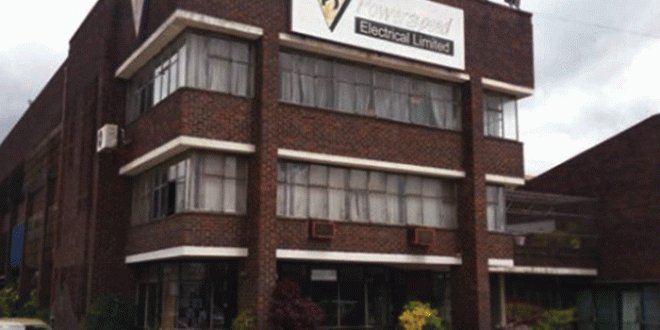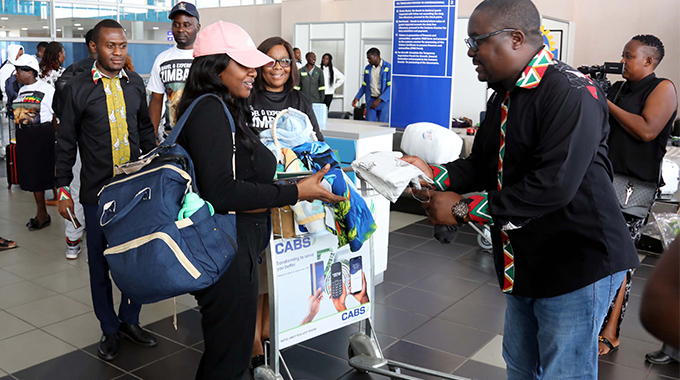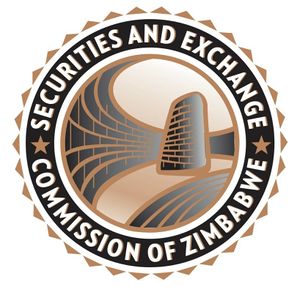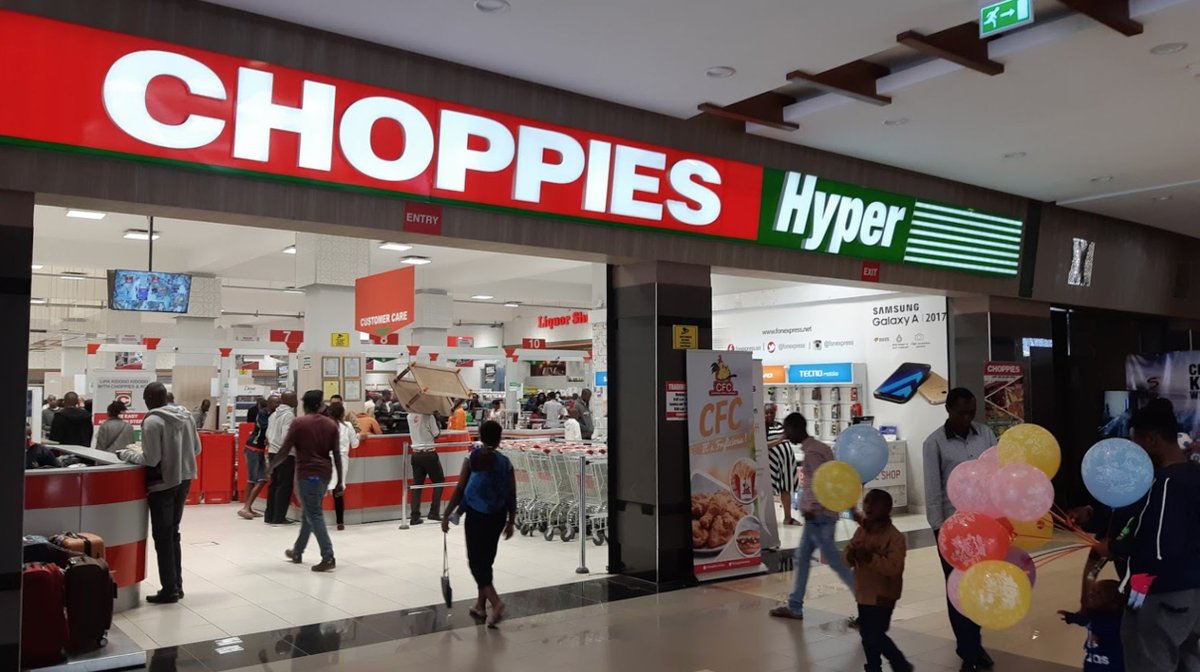Power generation project plans impress SAPP
Zimbabwe Electricity Supply Authority (ZESA) executive chairman, Dr Sydney Gata, outlined several key projects aimed at improving the country’s power generation during a press conference this week.
The Southern African Power Pool (SAPP) has endorsed Zimbabwe’s strategic plan for energy sector investments, aimed at attracting more projects to address the growing demand for electricity.
Like other economies in the region, Zimbabwe faces a continually increasing demand for power from industry, commerce and domestic users.
In response, both the Government and the private sector have been focusing on mobilising resources to refurbish existing power stations, attract new energy projects and secure long-term financing.
The recent commissioning of the Hwange 7 and 8 generation units highlights Zimbabwe’s commitment to reducing energy supply shortages, a development that has also captured the attention of other regional economies.
Updating on regional efforts to address energy deficits, SAPP executive director Engineer Stephen Dihwa, indicated that Zimbabwe is at the forefront among nations committed to enhancing energy supplies.
“The roadmap reflects the Zimbabwean Government’s commitment to strategic development by fast-tracking power projects. Given SAPP’s emphasis on credible power development plans, Zimbabwe’s roadmap has significantly impressed the institution, and we believe that further resource mobilisation will support these energy projects,” he said.
Eng Dihwa also acknowledged Zimbabwe’s progress in energy investments, which are crucial for sustaining power needs in the region.
Zimbabwe Electricity Supply Authority (ZESA) executive chairman, Dr Sydney Gata, outlined several key projects aimed at improving the country’s power generation during a press conference this week.
These initiatives are part of ZESA’s strategy to stabilise and enhance electricity supply in Zimbabwe. Dr Gata highlighted the repowering of Hwange Units 1 to 6 as a cornerstone of this strategy, with the project being conducted in partnership with Jindal of India. Work on Unit 5 has already begun, and the overall project is expected to be completed within the next 36 to 48 months. Additionally, Jindal is set to invest in four new units at Hwange, which will add a further 1 200MW of capacity.
In an effort to diversify power sources, ZESA has also entered into agreements with ferrochrome companies to produce their own power. Construction is underway for a 300 MW thermal power plant at Hwange, with the first 100 MW set to come online by mid-2025. These companies are also planning to add 300MW of solar and 100 MW of wind power capacity, marking a shift towards renewable energy.
Another critical measure announced by Dr Gata is the installation of a utility-scale Battery Energy Storage System (BESS), which will provide 600MW of power during peak hours.
ZESA is also preparing to develop 400 MW of solar power across its own sites and plans to install 120MW of solar power at productive farms, allowing farmers to feed excess energy back into the grid.
Additionally, SAPP is aiming to connect Angola, Malawi and Tanzania to the platform and has identified eight priority transmission projects, officials said at a press launch. The Angola-Namibia interconnector is estimated to cost US$356 million, he said, around a tenth of the total investment needed for transmission lines by 2040 to enhance regional integration.
The Southern African Power Pool (SAPP) is making strides in ensuring that the power grids of all its 12 member states are interconnected to allow utilities in these countries to trade in electricity.
All mainland SADC countries, with the exception of Angola, Malawi and the United Republic of Tanzania, are interconnected to the regional grid through SAPP, allowing them to trade in electricity.
New generation capacity installed in any of the three non-participating countries is, therefore, not accessible to the nine other members of SAPP — Botswana, Democratic Republic of Congo, Lesotho, Mozambique, Namibia, Swaziland, South Africa, Zambia and Zimbabwe.
Priority power transmission projects include the construction of the ZiZaBoNa Interconnector Project linking Zimbabwe, Zambia, Botswana and Namibia, as well as the establishment of the Angola-Namibia interconnector that will connect the former to SAPP.
The SAAP was created in 1995 to coordinate the provision of reliable and economical electricity supply and facilitate electricity trading among its members.-ebsinessweekl











